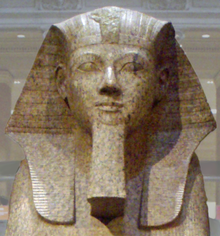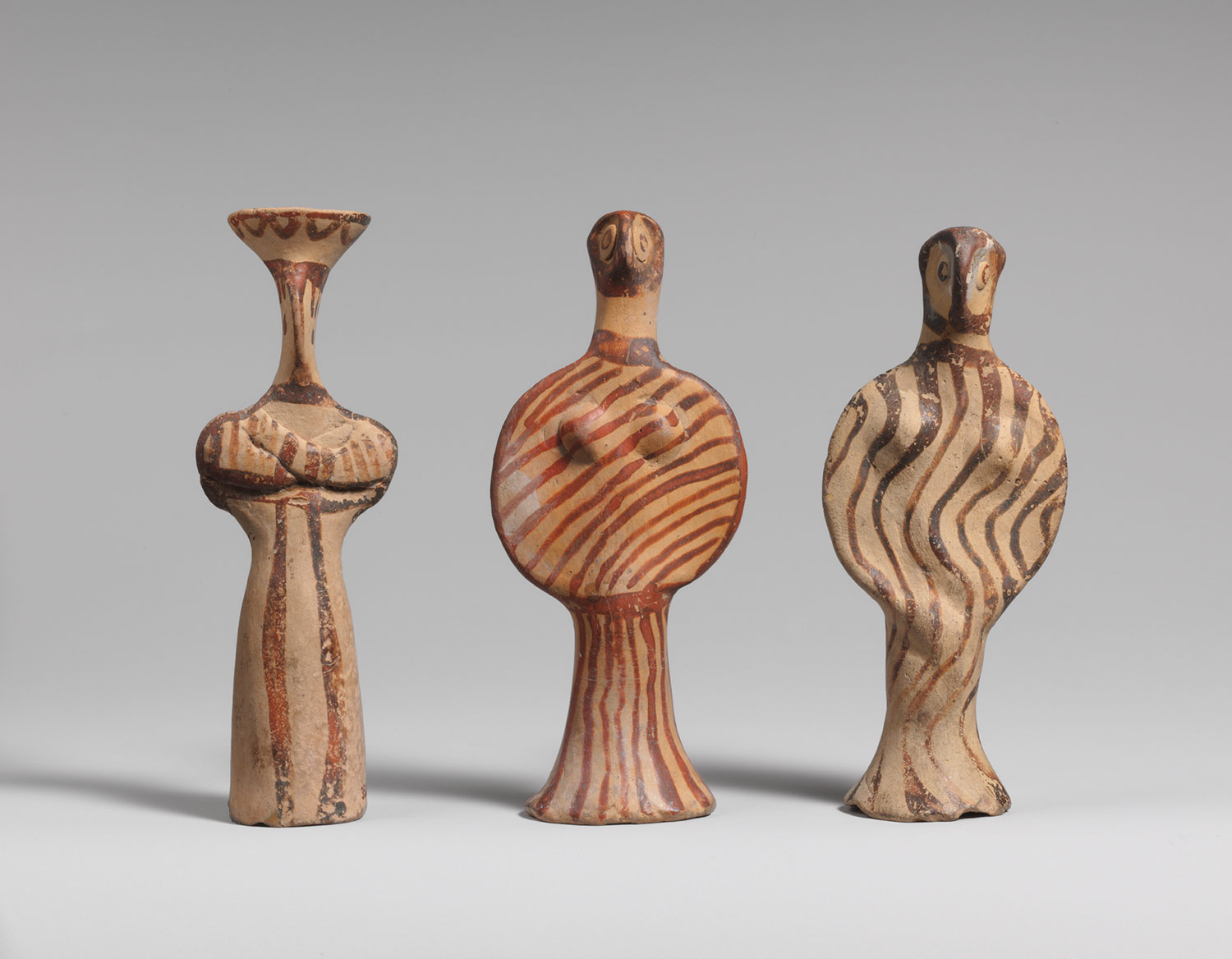Erikson Taylor
It's Art
Tuesday, December 6, 2011
The ESL and Art pair course is the best choice I made choosing classes for my major. With these two classes connected I could understand better the concept of art and also it increases my art vocabulary. It helped my a lot with my art reports. Moreover my writing become more sophisticated. Taking pair courses you only get benefits. Because you share different information in different classes, you get a better knowledge in both courses. I rely enjoy this pair course, I only got advantages from it and I recommend any ESL student to take a pair course. Professor should provide more pair courses, It helps students a lot especially ESL students.
Tuesday, November 29, 2011
Blog Post #7
Creating blog has been a good experience for me. You can share your ideas with others folks; and with the feedback they post on your blog, you can increase your skills working on blogs. I don't spend a lot of time working at the blog outside class. Even though doing blogs has been a good experience for me, I don't enjoy working on it so much. It is not a funny activity.
Blog is a type of art. You share your personal ideas with others. Even though sometimes you use other people ideas, but you combined it to your own ideas which makes it yours. Moreover, people look at your work and critic it like an artwork.
My favorite blog activity have to be posting comments in other students blog. I like to see other people work, reflect about it and then give a feedback. You get a better knowledge by looking at other people works.
What I would like to have done on blogs is interact with other classes, so I could develop brand new ideas with blogs. It is really good to work with students' from other classes, especially Eng students.
Blog is a type of art. You share your personal ideas with others. Even though sometimes you use other people ideas, but you combined it to your own ideas which makes it yours. Moreover, people look at your work and critic it like an artwork.
My favorite blog activity have to be posting comments in other students blog. I like to see other people work, reflect about it and then give a feedback. You get a better knowledge by looking at other people works.
What I would like to have done on blogs is interact with other classes, so I could develop brand new ideas with blogs. It is really good to work with students' from other classes, especially Eng students.
Tuesday, November 22, 2011
Meme and Art
Those pictures are art because they support all the three art criticism theories. It is difficult to evaluate the artworks from a formal point, because these days lots of artist combined more than one picture to make one piece of art so it is difficult to have an unique style. However, how the artist plugged in the police officer in the pictures, makes those pictures unique. From a contextual point, those old picture represent innocent, unarmed, and peaceful people. The police officer in this case is the bad person. The artist transmits the bad image of a police officer doing bad deeds. Finally from an expressive point, the artist, probably a student, wanted to give a support for the students and also to show the bad side of police officers.
Those pictures were made for a social cause. To show people how police officers sometimes act when they feel overpower. Furthermore, what makes the police officer look like a "devil" is the fact that the students was using nonviolent methods to protest.
Recreating art and using memes are not plagiarism. Artist combined different tips of artwork to built one single art, making it an unique piece of art. Unless you take another artist artwork and do not modified, we will call it plagiarism.
Those pictures were made for a social cause. To show people how police officers sometimes act when they feel overpower. Furthermore, what makes the police officer look like a "devil" is the fact that the students was using nonviolent methods to protest.
Recreating art and using memes are not plagiarism. Artist combined different tips of artwork to built one single art, making it an unique piece of art. Unless you take another artist artwork and do not modified, we will call it plagiarism.
Tuesday, November 15, 2011
Practice Post #6 - Research
- Usually, Toulouse-Lautrec subjects were related to social events. Like people at bars, people dancing, and parties.
- Most of his artworks used printmaking as the medium. He used a printmaking style called lithography.
- Toulouse artworks' doesn't evoke a big feeling inside my. His artworks look like normal pieces of art. The artworks doesn't attracts me at all. Maybe for the subjects he usually printed, or maybe for the lack of bright colors on his artworks.
Sunday, October 23, 2011
Blog Post #4 - Met
Egypt is one of the most famous early river valley civilizations of all time. Its history has fascinated people all over the world, and there still enigmas that historians are trying to decipher. We can not talk about Egypt without talking about the pharaohs. They were the kings that ruled Egypt, also considered as gods. My report is focus on the fifth pharaoh of the 18th dynasty, Hatshepsut.
This is a portrait of the queen Hatshepsut, ruler of the 18thdynasty (New Kingdom). This 76 3/4in. free-standing sculpture shows a feminine style of the pharaoh even though in most of her statues she dresses like a man. Emphasizing on the steady position of Hatshepsut the artist subordinate the writing around her legs, which says “Daughter of Re” and “Lady of the Two Lands”. The sculpture shows a frontal position of Hatshepsut with her hands on her lags seated on a “chair”. This closed form artwork carved from limestone rock is well damaged, not because limestone is a sedimentary rock, but because when she died and TuthmosisIII reassumed power “her name and image were widely erased as being too gender-aberrant to remember”. The sculpture is an asymmetrical well balanced with both a combination of geometric and organic shapes. The unique medium the sculptor used to carve this steady position of Hatshepsut give the artwork unity.
I really like this statue of Hatshepsut. The reason why I choose it was the history of her background. It is amazing how she brought wealth to Egypt. And what makes the story
more exciting is the fact that she was a female ruler. This sculpture makes you contemplate about how she would be, and why she is posing like that? I get the feeling of respect by her serious face and also of sadness, because she looks unhappy. It is weird that you do not see her breast.
Second the article about Hatshepsut on the web page Wikipedia, “Hatshepsut was the fifth pharaoh of the eighteenth dynasty of Ancient Egypt”. She ruled from 1479 BC to 1458 BC. Egypt ruled by woman was an unfamiliar fact, but not unprecedented. There were already lots of female rulers before Hatshepsut became a pharaoh. But comparing her reign with the other females’ pharaohs, her reign was much longer and prosperous than the others. She is recognized to be the pharaoh who inaugurated a peaceful era, and she also succeeded in warfare early in her reign. She brought great wealth to Egypt by re-establishing lost trading relationships. The benefits from her policies and administration enable her to initiate building projects which would raise the caliber of Ancient Egyptian architecture. Later pharaohs attempted to have their names on Hatshepsut’s accomplishments.
The sculptor of this piece of art is unknown. The sculptor wanted us to evoke the image of a big leader, and of a wonderful woman. The sculptor also depicted the words “Daughter of Re” and “Lady of the Two Lands” so we can understand better the artwork. Though the sculptor did this artwork for the “king” on her commandments, the sculptor might have his own subjectivity on it.
Here is a sculpture of Hatshepsut on a "male" style.
Citations:
"Hatshepsut." Wikipedia, the Free Encyclopedia. Web. 10 Nov. 2011. <http://en.wikipedia.org/wiki/Hatshepsut>.
"Hatshepsut [Egyptian; From Deir el-Bahri, western Thebes] (29.3.2)". In Heilbrunn Timeline of Art History. New York: The Metropolitan Museum of Art, 2000–. http://www.metmuseum.org/toah/works-of-art/29.3.2 (October 2006)
Lewis, Jon E. "Part Three: Empire." The Mammoth Book of Eyewitness Ancient Egypt. New York: Carroll & Graf, 2003. 115-16. Print.
Blog Post #5
I agree with the author that art can create empathy. In my opinion, empathy refers to the three tips of art criticism and the additional of your own opinion. I added own opinion because it is difficult to evaluate art with out subjectivity.By the contextual theory, you can decipher why the artists chose to do that artwork and what he/she wanted to show. The formal theory makes you emphasis on the artwork style (you understand the artist style). The expressive theory and the contextual theory are the one's that I consider more informal in an artwork. From this twos, you get enough information to interpret the artist expression and make your own opinion about the artwork. With all this information, you can relate them to your experience and from your point of view try to understand the artist/artwork or both. This is the fount of my opinion.
I agree with her citation "art communicates on a much deeper level than the written word and can challenge and encourage critical thinking". She just spelled "a picture worth a thousand words" in her own words. This is a true fact; you can never fully describe a picture. There is always an unexplained feeling inside that we don't know the exact word to describe it. It is like someone covered your mouth and won't let the word go out.
I agree with her citation "art communicates on a much deeper level than the written word and can challenge and encourage critical thinking". She just spelled "a picture worth a thousand words" in her own words. This is a true fact; you can never fully describe a picture. There is always an unexplained feeling inside that we don't know the exact word to describe it. It is like someone covered your mouth and won't let the word go out.
Tuesday, October 18, 2011
Practise Post #5 - Citing others source
The "Three female figures" from the late Helladic period (IIIA) of the Mycenaean culture, are a very interesting clay artwork. This picture funny, because when you look at these picture you don't see no hands but if you look at it at the side-side you can see the hands. These pictures look like bird heads on humans body with two of the artworks on circular bodys. The other one has a normal body but it has a hat/crown on his head. According to these picture "These terracotta female figurines are referred to as phi , tau, or psi figurines, for their resemblance in shape to those Greek letters", where the phi are 10.8cm and the tau is 10.5cm. The information also tells you that most of the artworks at that time were female, and that they represent goddesses.
For better information about the these figures you can look at these web site:
http://www.metmuseum.org/toah/works-of-art/35.11.16-.18
For better information about the these figures you can look at these web site:
http://www.metmuseum.org/toah/works-of-art/35.11.16-.18
Subscribe to:
Posts (Atom)


